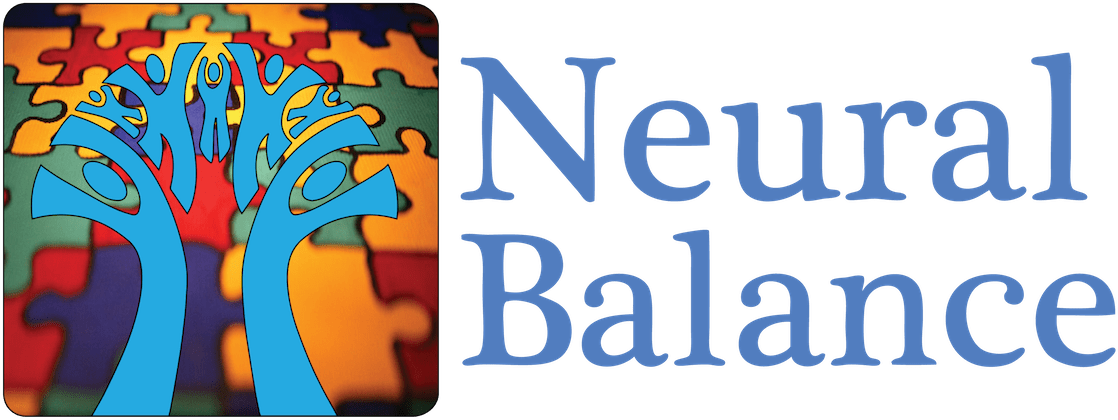
In our previous blog post, we explored the concept of "sadfishing" and how it can be a sign of deeper emotional struggles in children. While it's crucial to recognize and address sadfishing behaviors, it's equally important to understand the implications for those who consume this content. The audience or followers of individuals who engage in sadfishing can also experience negative effects, making it essential for parents and caregivers to guide their children on both ends of this spectrum.
The Impact on Followers:
Followers and audience members who frequently engage with sadfishing posts might find themselves emotionally drained or experiencing compassion fatigue. Constant exposure to deeply emotional and personal content can lead to feelings of helplessness or frustration, especially if they are unable to offer effective support. This emotional toll can be significant, particularly for young people who may already be navigating their own mental health challenges (Psychreg, AOL).
Moreover, consuming such content can create a skewed perception of social interactions and emotional support. Followers might begin to believe that their primary role in friendships and relationships is to provide constant emotional support, which can be overwhelming and unsustainable. This dynamic can lead to an imbalance in relationships, where the emotional needs of one party consistently overshadow those of others.
By fostering a supportive and understanding online environment and encouraging healthy offline interactions, we can help our children navigate the complexities of social media. Recognizing the impact of sadfishing on both the individuals who post and their followers is crucial in promoting a balanced and healthy approach to digital communication. Stay informed, stay connected, and equip your child with the tools they need to thrive both online and offline.
Special Offer:
To support your child's emotional and sensory needs, we are offering a special promotional deal. When you purchase one Neural Balance with Anandanol drink powder, you will receive a free NeuralBroc Cellular Cleanse. This offer is designed to enhance your child's well-being and provide natural support during challenging times.Learn more about this special offer here.
